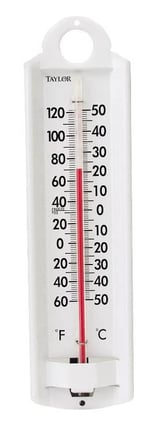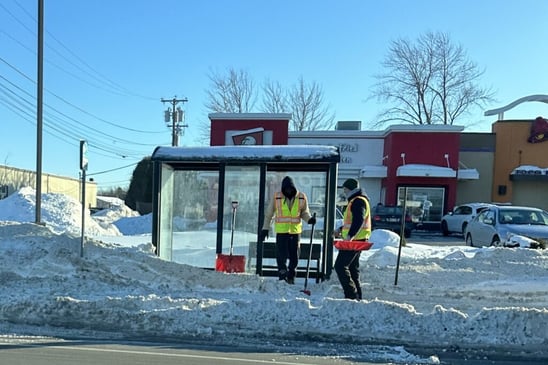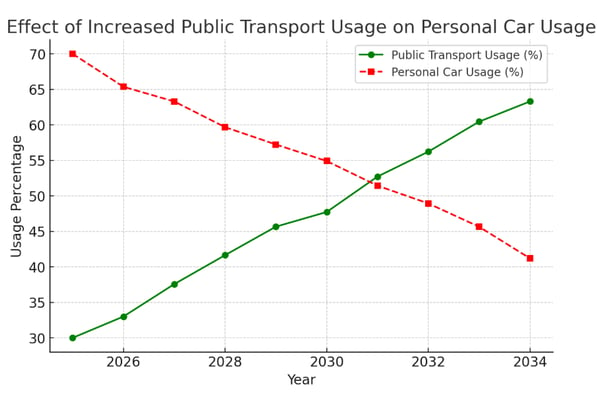Improving Colorado's public transport via heated bus stops
Heated bus stops improve commuter comfort during winter by using solar-powered infrared heating systems. Solar panels generate electricity, which is stored in batteries and used to power an infrared heater controlled by a smart thermostat. When temperatures drop below a set level, the heater warms people and objects directly rather than the air, making it an energy-efficient and cost-effective solution. The shelter’s design, including reflective coatings and wind-resistant structures, helps retain heat, keeping the temperature 10–15°F warmer than the outside environment. Beyond comfort, heated bus stops promote public transportation by making winter travel more bearable, reducing reliance on personal vehicles, and cutting traffic congestion and carbon emissions. The system is sustainable, with excess solar energy sent back to the grid when storage is full, and requires minimal maintenance. Implementing these bus stops demonstrates a commitment to eco-friendly urban development, making public transit more attractive and practical, especially in cold-weather regions like Colorado.
QOLCO
4/2/20253 min read
Heated bus stops provide a practical solution to enhance commuter comfort during colder months by incorporating renewable energy-powered heating systems. These bus stops work by utilizing solar panels, which generate electricity during the day and store excess energy in batteries for use when heating is needed. A smart thermostat monitors the ambient outside temperature and wil go onto activate an infrared heater installed on the roof of the bus stop when the temperature drops below a pre-set threshold. This will ensure efficient energy use while at the same time maintaining a comfortable environment for citizens who use public transportation frequently. Infrared heaters are particularly effective because they directly warm objects and people rather than something like surrounding air, making them an energy-efficient choice for outdoor applications as well as cost-efficient compared to something like space heaters. The temperature inside the bus stop should ideally be increased by around 10–15°F compared to the outside environment with the potential of further temperature increases depending on various different factors elaborated more in-depth in different studies. This will provide public transportation users with noticeable warmth without excessive power consumption. To maximize heat retention, the shelter will also incorporate a reflective coating on its walls, directing infrared heat inward and reducing heat loss to the surrounding air or any wind occurring at the time. Additionally, if need be, the structure itself can be designed or built upon to minimize exposure to wind and drafts, further enhancing warmth for commuters by not only reducing wind exposure but better retaining heat emanating from the heater itself.
Beyond just comfort, heated bus stops serve a broader purpose in the encouragement of the use of public transportation, especially during more harsh winter and inclement weather conditions when many people might otherwise opt for personal vehicles. By making transit stops more bearable, cities can improve accessibility and promote sustainability by reducing reliance on cars, which in turn helps to decrease traffic congestion and carbon emissions. Furthermore, the system itself is designed to be cost-effective and sustainable. By having excess solar energy can be sent back to the grid when the battery reaches near-maximum capacity, offsetting the initial costs and increasing the overall energy efficiency for the system. Maintenance requirements for such a system are of course relatively low, with periodic cleaning of solar panels and occasional checks on the heating system and battery performance being the primary concerns. Only taking a small amount of time to ensure the efficiency of the system is in check and it's producing as much energy as it can.
Incorporating these heated bus stops into a city’s infrastructure not only improves daily life for commuters but also demonstrates a commitment to more innovative and eco-friendly urban development. With proper design and implementation, these shelters could significantly enhance public transportation during the winter months, making them a more viable and appealing option for residents in Colorado, especially during inclement weather. By providing a comfortable waiting environment, these bus stops encourage greater public transit usage, which in turn helps reduce traffic congestion, lower emissions, and increase transportation funding through higher ridership. Additionally, the integration of solar power allows for surplus energy generation, which can be redirected to the grid or used for other public infrastructure, further boosting the city's sustainability effort. Of course, heated bus stops can provide several monetary benefits for citizens. As public transit becomes a more attractive and reliable option, residents will be able to save money on fuel, parking, and any sort of car maintenance by reducing the heavy dependence on personal vehicles. The use of solar energy helps cut costs for the city, and those savings can potentially be passed down to the public in the form of lower taxes or improved services. Over time, these improvements create a more efficient, cost-effective, and environmentally responsible transportation system, benefiting every Colorado resident.






Innovation
Enhancing Coloradans Quality of Life on project at a time
Contact Us
© 2025. All rights reserved.
